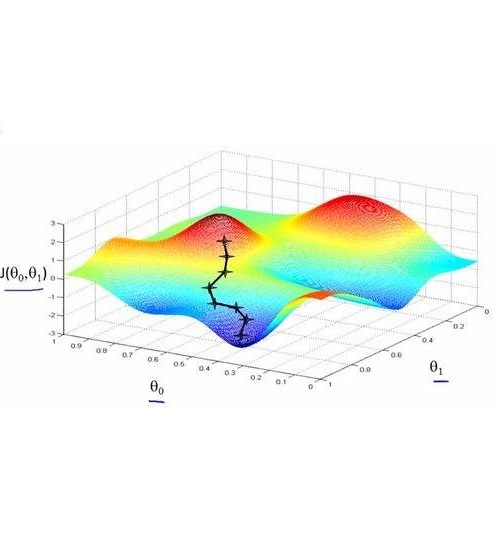Layer-2 (L2) blockchains inherit Ethereums security guarantees while reducing gas fees. As a result, they are gaining traction among traders at Automated Market Makers (AMMs), sparking debate over whether they contribute to liquidity fragmentation of Ethereum. Our research suggests that such fragmentation is not currently occurring. However, it could emerge in the future, particularly if Liquidity Providers (LPs) recognize the higher returns available on L2s. Using Lagrangian optimization, we develop a model for optimal liquidity allocation across AMMs on Ethereum and its L2s, using staking as a benchmark. We show that, in equilibrium, AMM liquidity provision returns converge to this reference rate. Additionally, we measure the elasticity of trading volume with respect to Total Value Locked (TVL) in AMMs and find that, on well-established blockchains, an increase in TVL does not necessarily lead to higher trading volume. Finally, our empirical findings reveal that Ethereums liquidity pools are oversubscribed compared to those on L2s and often yield lower returns than staking Ether. LPs could maximize their rewards by reallocating more than two-thirds of their liquidity to L2s and staking.
翻译:暂无翻译



